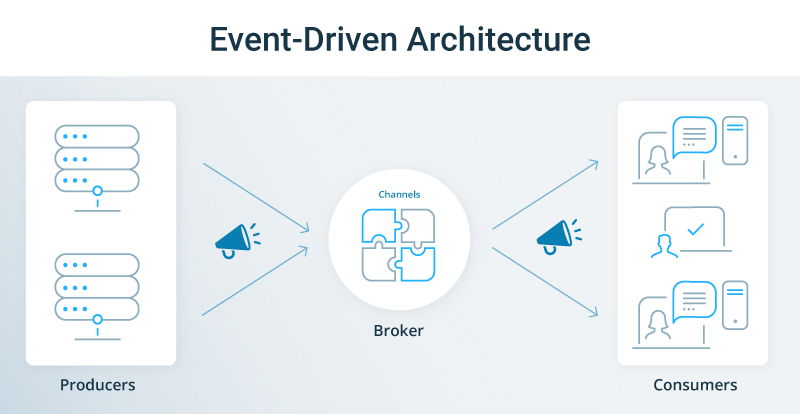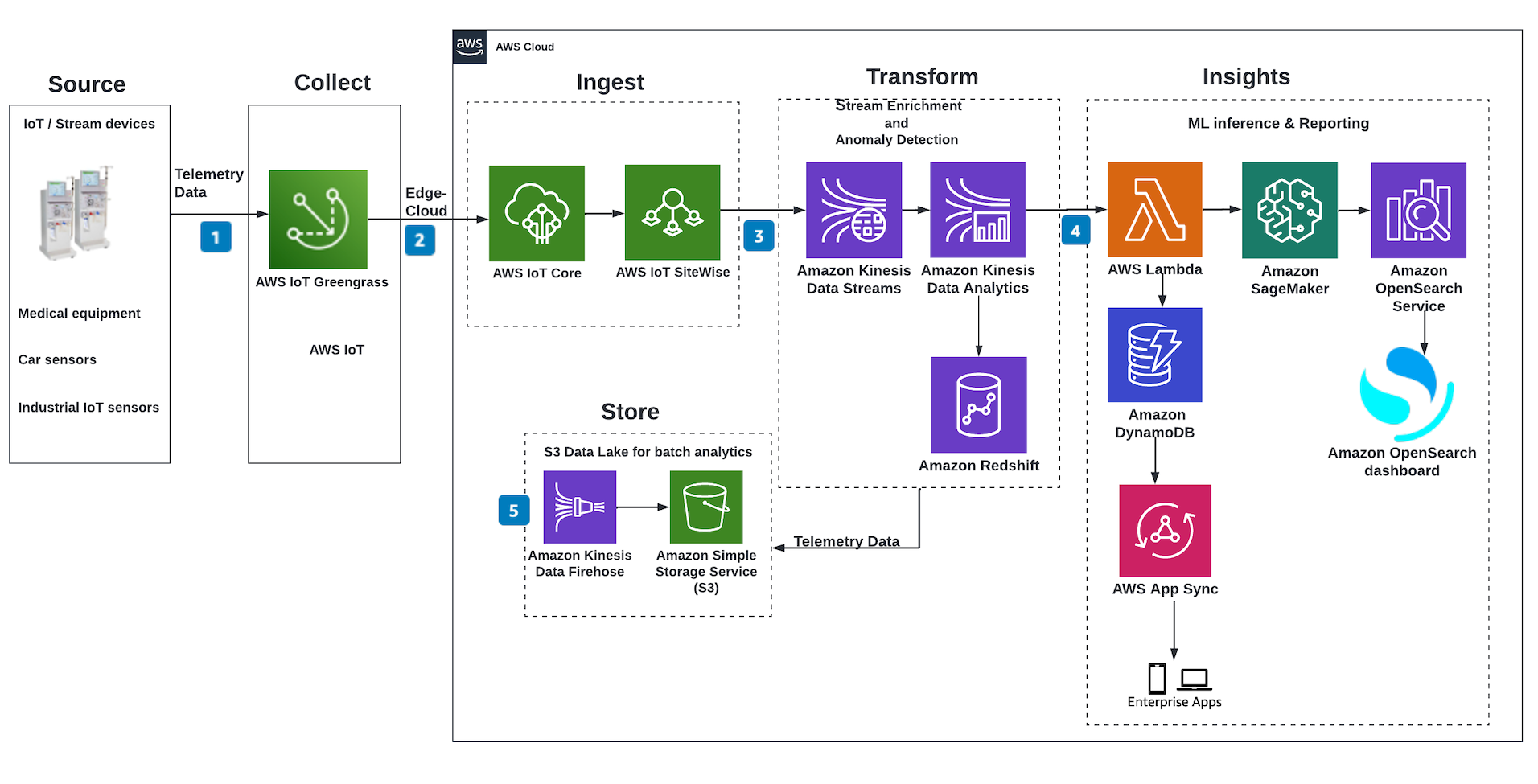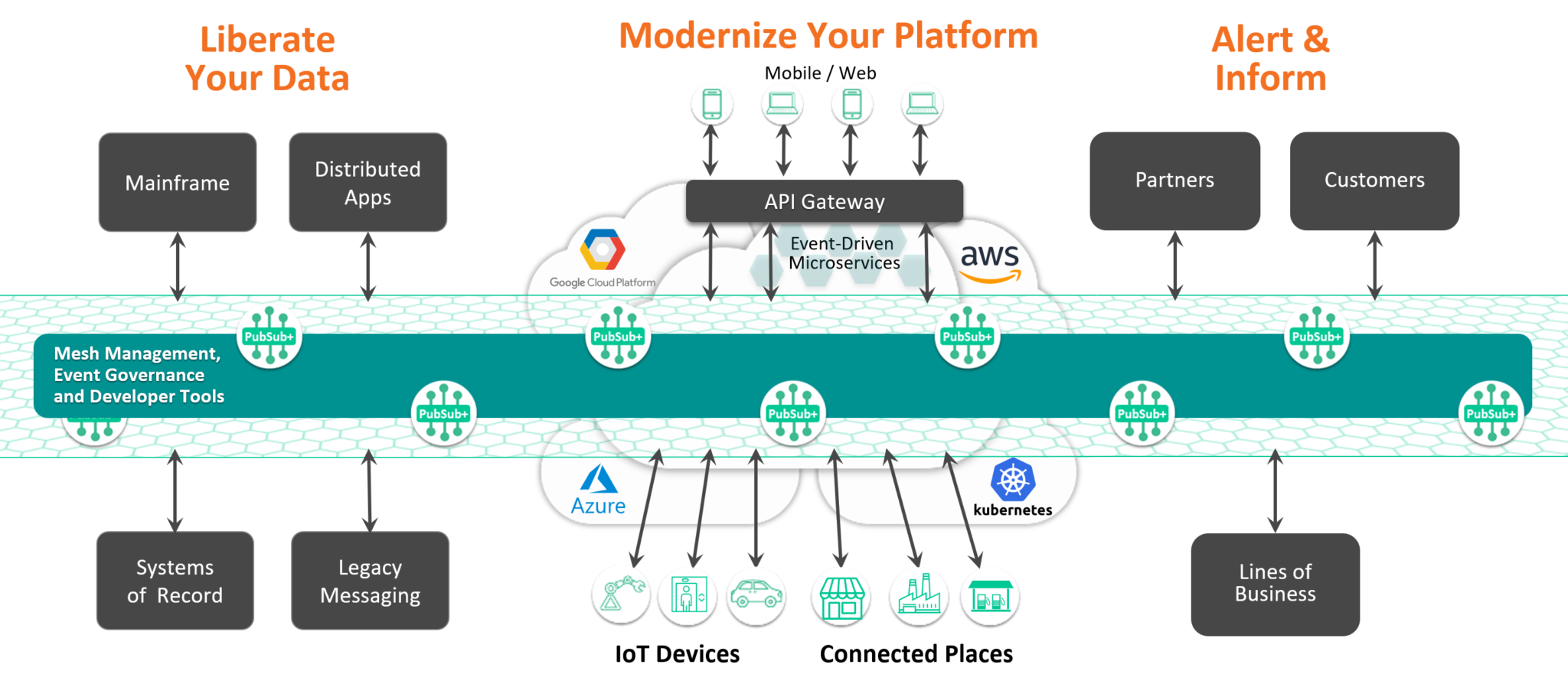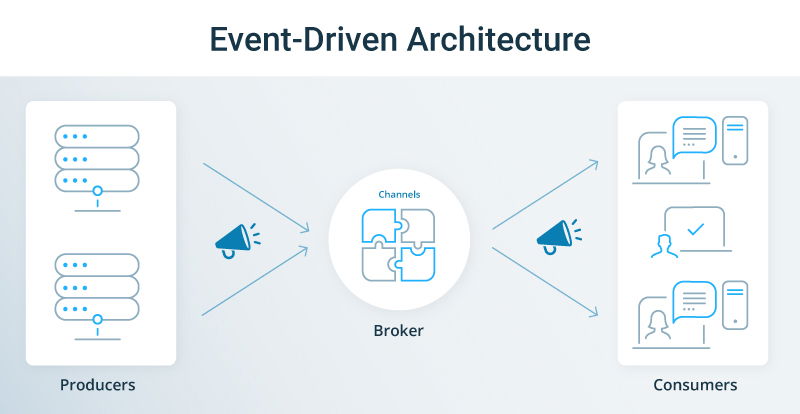Event-driven integration

Event-driven integration stands out as an integration pattern that fosters communication among independent IT components (applications, devices, etc.) in a decoupled manner, achieved through the publication and subscription to events. This unique approach is enabled by event brokers, or a network of event brokers known as an event mesh. Event-driven integration is the application of event-driven architecture to integration. In this approach, integration functions such as connectivity, transformation, and mapping are broken into smaller components and loosely coupled via the publish/subscribe exchange pattern—a lot like event-driven microservices. Event-driven integration complements API-led integration, meeting integration needs that are unsuitable for synchronous or point-to-point integrations.

Architecture of event-driven integration? Event-driven integration turns conventional integration architecture inside out—from a centralized system with connectivity and transformation in the middle to a distributed event-driven approach, whereby integration occurs at the edge of an event-driven core. This approach requires three things:
- Micro-integrations that connect applications (ERP, CRM, SCM, etc.) and infrastructure like messaging systems, databases, files, analytics, and AI components with an event-driven data distribution layer (event brokers and event mesh ). Source micro-integrations acquire changes from source systems and publish them as events into an event broker. In contrast, target micro-integrations consume events from an event broker and integrate them with a target system.
- An event broker (or event mesh) that supports the publish/subscribe messaging pattern to ensure the intelligent routing and delivery of information to potentially many target systems in a scalable, resilient, secure manner, locally or across diverse environments and geographies.
- Events that embody the digital change that has occurred. An event is produced by a source micro-integration from a change in a source system and published to an event broker to be consumed by one or more target micro-integrations that each ensure delivery to a given target system. Event definitions, often documented using AsyncAPI, are the well-defined interface (like an API defined by OpenAPI) of the change that has occurred.
Architecturally, event-driven integration looks like this:
On the other hand, you need to create a synchronous integration flow for each type of integration without an event-driven approach. Adding more target systems and processing to this flow negatively impacts performance and reliability, leading to a degraded user experience. In cases of system-to-system interactions, it can lead to timeouts, retransmissions, duplications, loss of updates, and instability. Beyond that, tightly coupled integrations make the system brittle, i.e., more complex and risky to change than event-driven systems, which facilitate change.
How does event-driven integration relate to API-led integration? Like API-led integration, event-driven integration is a methodical way to connect applications through reusable components (in this case, events instead of APIs) within an organization’s IT infrastructure. These events are distributed in real-time and loosely coupled via publish/subscribe event brokers (versus synchronous orchestrated integration flows) to make information available immediately to many applications when a change occurs. This ensures immediate access to up-to-date information across many business applications, SaaS, custom applications, analytics, AI, dashboards, and more to deliver a richer, more real-time, more robust user experience. Solace sees events as crucial to synchronous APIs and API-led integration, where business solutions are composed of a blend of the two. Analysts (here’s an example from Gartner) and other industry experts widely promote this “composable architecture” with both interfaces. What are the key characteristics of event-driven integration?
- Small, modular components deployed at the edge: Micro-integrations enhance performance because connectivity and transformations can be handled near the systems they link to the event mesh. Their single-purpose nature also improves agility and reduces system complexity.
- Events are the key API: Rather than traditional synchronous integrations, in which APIs are defined, discovered, and used to integrate, events serve that function as they represent the asynchronous version of the data contract to integrate with.
- Asynchronous event-driven communications decouple applications and devices so they can send and receive information without any active connection with the system at the other end. Intended recipients can even receive information that was sent. At the same time, they were offline or unable to keep up with the flow of information without impacting the source or other target systems.
What are the benefits of event-driven integration? Augmenting your existing integration platform with event-driven integration offers several advantages.
- Improve user experience/responsiveness by reducing long-running operations, absorbing bursts, and tolerating system failures so they don’t impact user interactions for increased uptime.
- Enhance agility and accelerate innovation by democratizing access to real-time data, making it easy to build, change, and add to the way applications and devices interact, and incorporating new apps, cloud services, IoT devices, AI, and future capabilities into existing business processes in a robust and scalable manner, thereby future-proofing your architecture. Changes at the edges have a localized impact/risk, improving agility.
- Implement a flexible, high-performance publish/subscribe data distribution layer to increase the speed and scalability of your integration platform.
- Extend the useful life of legacy applications by enabling them to exchange information with new apps and cloud services in a real-time, event-driven manner. This will free them from constant polling and allow new capabilities to be developed in external systems based on up-to-date data. This will reduce risk and again accelerate time-to-market for new ideas.

- Make your system more straightforward and robust by replacing the many spaghetti point-to-point integrations that rely on synchronous communications with more flexible asynchronous, decoupled, and one-to-many interactions that can better absorb bursts. Deal with speed mismatches and tolerate failure conditions to prevent cascading failures.
- Reduced cost by (i) removing the need for constant polling for changes from many applications that either impact systems of record or require deployment of caching & query offload technologies and (ii) not needing to scale all integration components for peak capacity—only those that are required for peak since queuing and deferred execution of some processing steps allow those parts to be scaled for average loads, which tend to be much, much lower than peak.
- Technology Flexibility and Information Ubiquity. You can use different integration technologies to implement micro-integrations at the edge. This allows other technologies to be chosen for various reasons: performance, features, ease of use, cost, etc. This architecture also supports being the “integrator of” integrators—breaking down the information silos in many enterprises that result from the (often) many integration technologies in use at an enterprise. Use the proper integration technology at the edge or migrate from one integration technology/vendor to another.


